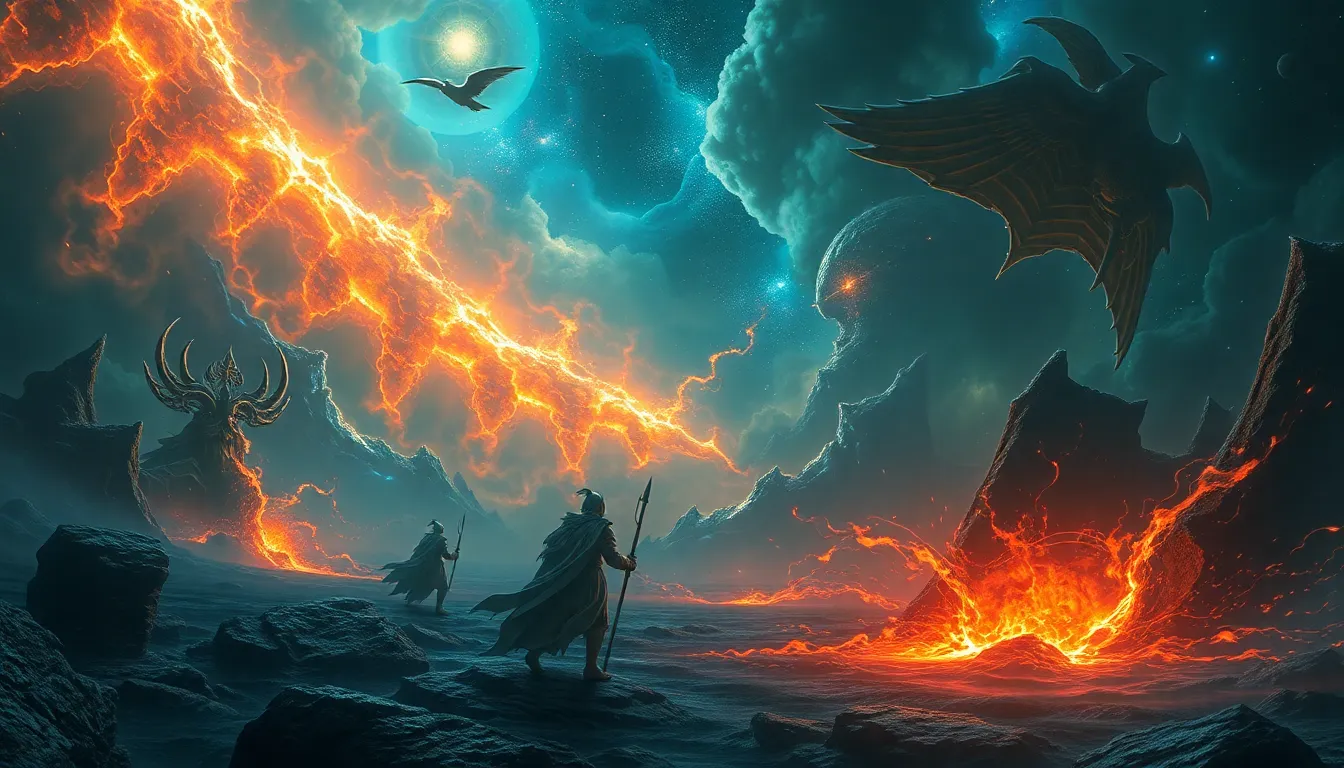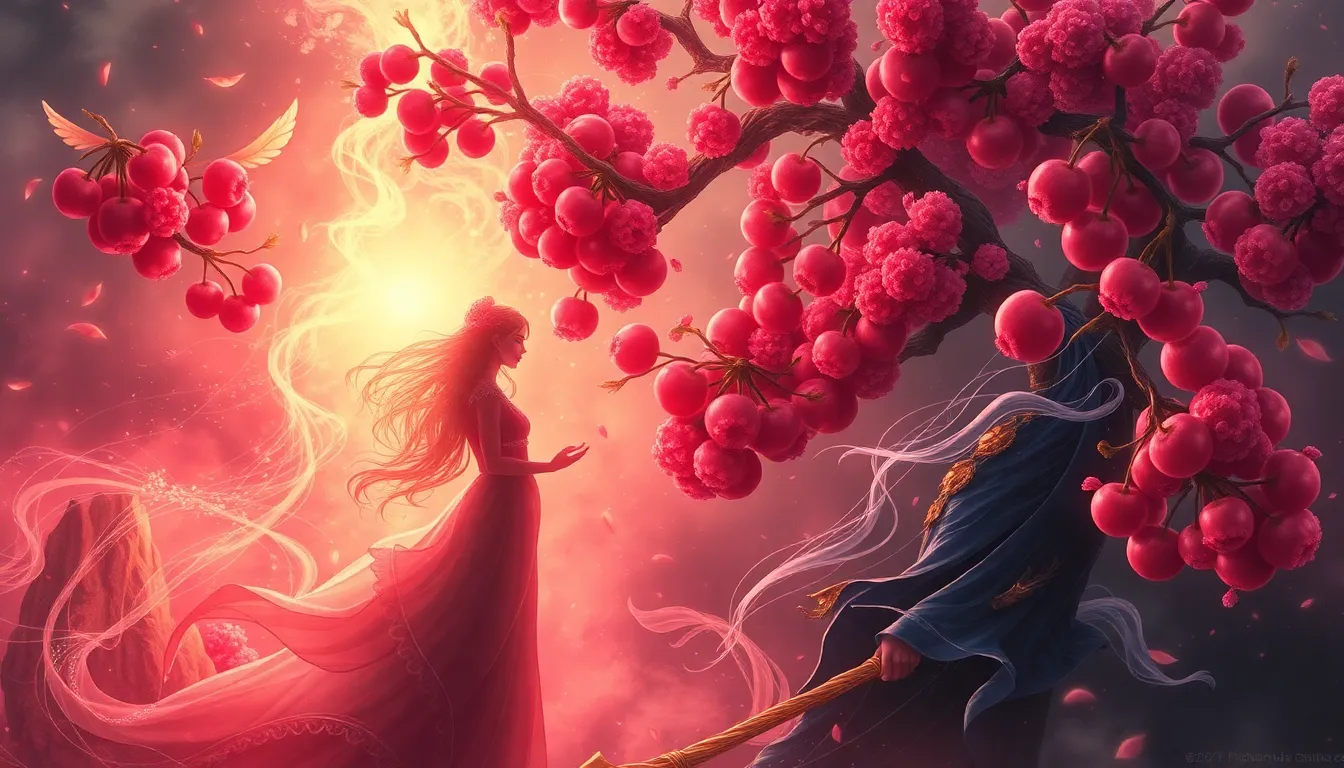The Mythical Gauntlet: Epic Showdowns of the Ages
Introduction to the Mythical Gauntlet
The concept of the mythical gauntlet has existed across various cultures, symbolizing challenges, trials, and confrontations that heroes must face. A gauntlet, in its essence, represents a test of strength and courage, often leading to transformative experiences for the individuals involved. These trials are not only physical but also metaphorical, encapsulating the inner struggles faced by characters in storytelling.
Epic showdowns hold significant importance in narratives, serving as climactic moments that define characters, resolve conflicts, and propel the story forward. Whether in ancient myths or contemporary tales, the gauntlet serves as a catalyst for growth, conflict, and resolution.
Historical Context of Epic Showdowns
Throughout history, legends have featured epic confrontations that echo the trials of the mythical gauntlet. Ancient myths often depict heroes facing formidable challenges, be it gods, monsters, or rival warriors.
- Hercules: Known for his Twelve Labors, Hercules faced daunting tasks that tested his strength and wit.
- Beowulf: The titular hero confronts Grendel and later, a dragon, showcasing the essence of the gauntlet in his journey.
- King Arthur: The knights of the Round Table often engaged in quests that tested their valor and honor.
These historical figures and their legendary confrontations highlight the timeless nature of the gauntlet concept, illustrating humanity’s fascination with trials that reveal character and strength.
The Gauntlet in Mythology
Mythology is rich with examples of gauntlets that symbolize challenges and tests of worthiness. Some of the most notable include:
- Thor’s Gauntlet: In Norse mythology, Thor’s gauntlet, Járngripir, enhances his strength, allowing him to wield his hammer, Mjölnir, with greater power.
- The Gauntlet of the Gods: Various cultures refer to divine challenges set by gods, testing the mettle of mortals.
The symbolism of the gauntlet in these narratives often represents a rite of passage, where characters must confront their fears and limitations to attain greatness or divine favor.
Literature and the Gauntlet: From Classic to Contemporary
The motif of the gauntlet has permeated literature from classical works to contemporary novels. In classic literature, we see characters facing trials that can be likened to gauntlet challenges:
- Dante’s “Inferno”: Dante’s journey through the circles of Hell serves as a gauntlet of moral and spiritual challenges.
- Homer’s “Iliad”: The epic battles between Greek heroes serve as trials of honor and prowess.
In modern interpretations, authors like J.K. Rowling and George R.R. Martin incorporate gauntlet-like challenges in their narratives, often blending physical confrontations with emotional and ethical dilemmas faced by their characters.
The Gauntlet in Film and Television
Visual storytelling has brought the gauntlet concept to life in iconic ways. Films and television series often depict grand challenges that characters must overcome, significantly influencing audience perception.
- “The Avengers”: The Avengers face a gauntlet of challenges against Loki and later, Thanos, testing their unity and strength.
- “Game of Thrones”: Numerous battles and political intrigues serve as gauntlets for characters seeking power and survival.
These portrayals not only entertain but also resonate with viewers on a deeper level, as they reflect real-life struggles and conflicts.
The Role of the Hero and Villain in Showdowns
In epic gauntlet challenges, the roles of hero and villain are pivotal. Character archetypes emerge, each with distinct motivations and conflicts:
- Heroes: Often driven by a sense of duty, honor, or personal redemption, heroes face the gauntlet to prove themselves or protect others.
- Villains: Motivated by power, revenge, or ideology, villains embody the obstacles that heroes must confront.
This dynamic creates a rich tapestry of conflict where motivations clash, and the stakes are raised, engaging audiences in the outcome of the showdown.
Cultural Variations of Gauntlet Challenges
Gauntlet-like challenges manifest differently across cultures, reflecting diverse societal values and beliefs:
- Japanese Samurai Duels: Honor and skill are paramount, with duels serving as tests of bravery and technique.
- European Knight Tournaments: These events showcased martial prowess and chivalry, with knights facing off in a series of challenges.
These variations illustrate how the concept of the gauntlet is universal yet uniquely shaped by cultural contexts, emphasizing the significance of honor, bravery, and skill.
The Psychological Appeal of Epic Showdowns
The fascination with conflict and resolution is deeply ingrained in human psychology. Epic showdowns provide a sense of drama and suspense, engaging audiences through the following:
- Suspense: The anticipation of the outcome keeps viewers on the edge of their seats.
- Stakes: High stakes amplify the emotional investment in the characters’ journeys.
As characters face their gauntlets, they not only confront external challenges but also their internal fears and motivations, making these stories resonate on a personal level.
Modern-Day Gauntlets: Video Games and Interactive Media
The concept of the gauntlet has evolved into the realm of video games and interactive media, where players engage in challenges that test their skills and strategies. Some notable examples include:
- “Mortal Kombat”: Players face a series of increasingly difficult opponents, akin to a gauntlet of combat challenges.
- “Dark Souls”: The game is notorious for its difficult gameplay and the gauntlet-like structure of its levels.
This evolution reflects a shift towards interactive storytelling, where players not only witness but also participate in the epic confrontations that define the gauntlet experience.
Conclusion: The Enduring Legacy of the Gauntlet
The legacy of the mythical gauntlet continues to thrive in contemporary culture, transcending time and medium. From ancient myths to modern video games, the essence of the gauntlet remains relevant, adapting to new forms of storytelling.
As we look to the future, one can speculate on the continued evolution of epic showdowns. With advancements in technology and storytelling techniques, the gauntlet may take new forms, challenging characters and audiences alike to confront their own trials in a rapidly changing world.


